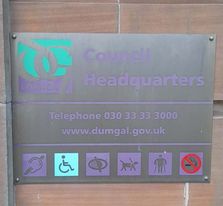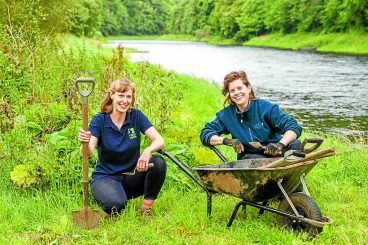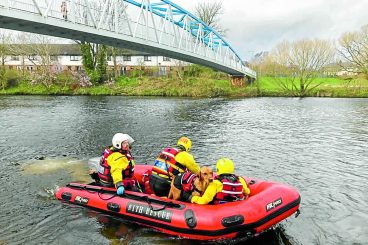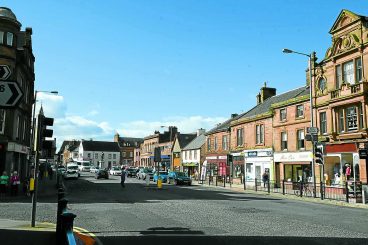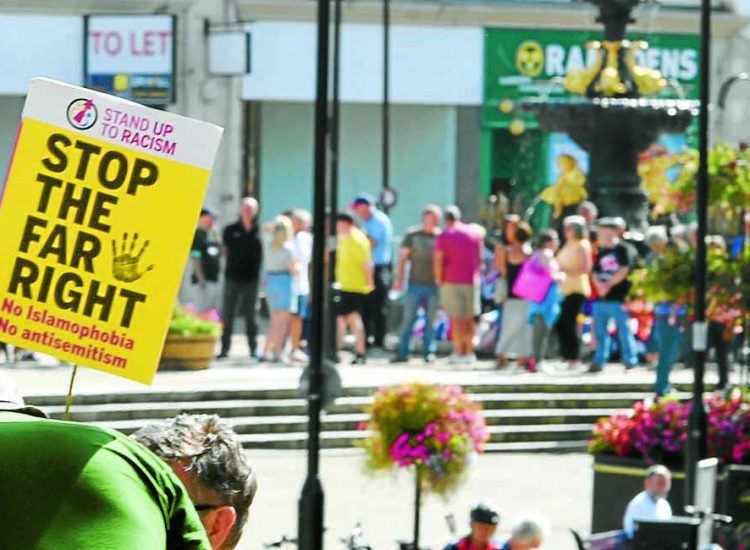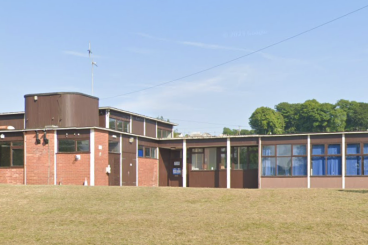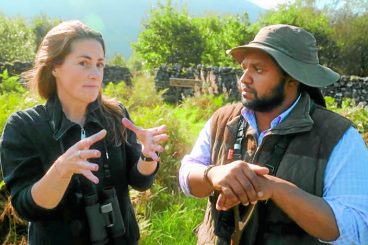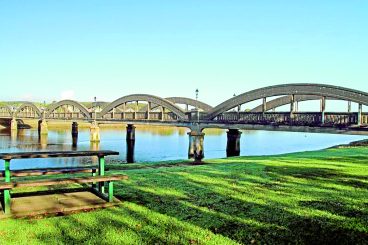THE lofty ambitions of achieving net zero by 2025 may still be a long way off but Dumfries and Galloway Council is making steady progress towards the environmental target.
Emissions are down for the fifth consecutive year – and the council’s carbon footprint is now less than half of what it was just four years ago.
New figures have just been released which show that the council has reduced its carbon footprint (tCO2e) from 24,859 in 2021/22 to 22,445 in 2022/23.
This equates to an improvement of nearly 10 percent compared to a shift of just two percent the previous year.
However, council chiefs are calling for urgency to meet environmental targets.
The council’s climate change duties report for 2022-23 is due to be submitted to the Scottish Government on November 30, detailing what action steps have been taken by the local authority to reduce emissions.
This report will first have to be signed off by councillors at the council’s economy and resources committee next Tuesday.
It reads: “To ensure an effective response to the climate emergency, it is essential that we continue to step up our actions significantly.
“We must also continue to embed throughout our entire organisational culture the pursuit of measures to tackle climate change.”
In June 2019, Dumfries and Galloway Council declared a climate change emergency and formulated a 12-point plan to reduce emissions across the region.
This has involved various steps, such as introducing sites in the council estate which generate green energy, as well as gradually replacing the council fleet of transport with electric vehicles.
The report states that a climate emergency project officer has been appointed, along with a climate emergency working group and cross party working group to monitor progress being made.
However, Councillor Archie Dryburgh, a member of the cross party working group, recently admitted that the council will unlikely meet the 2025 deadline for achieving net zero.
The climate change report, due to be submitted to the Scottish Government, highlights that there are 26 sites across the council’s estate which generate solar power.
Collectively, these sites are generating more electricity than they are consuming and have generated £134,000 in income for the council by exporting to the grid.
There are 10 sites within the council estate which have biomass systems in place. Not only do these use renewable energy sources but they have also generate an income of £136,101 for the council.
Currently, the council has 74 fully electric vehicles in its fleet, including two refuse collection vehicles, five buses, nine vans and 58 cars.





